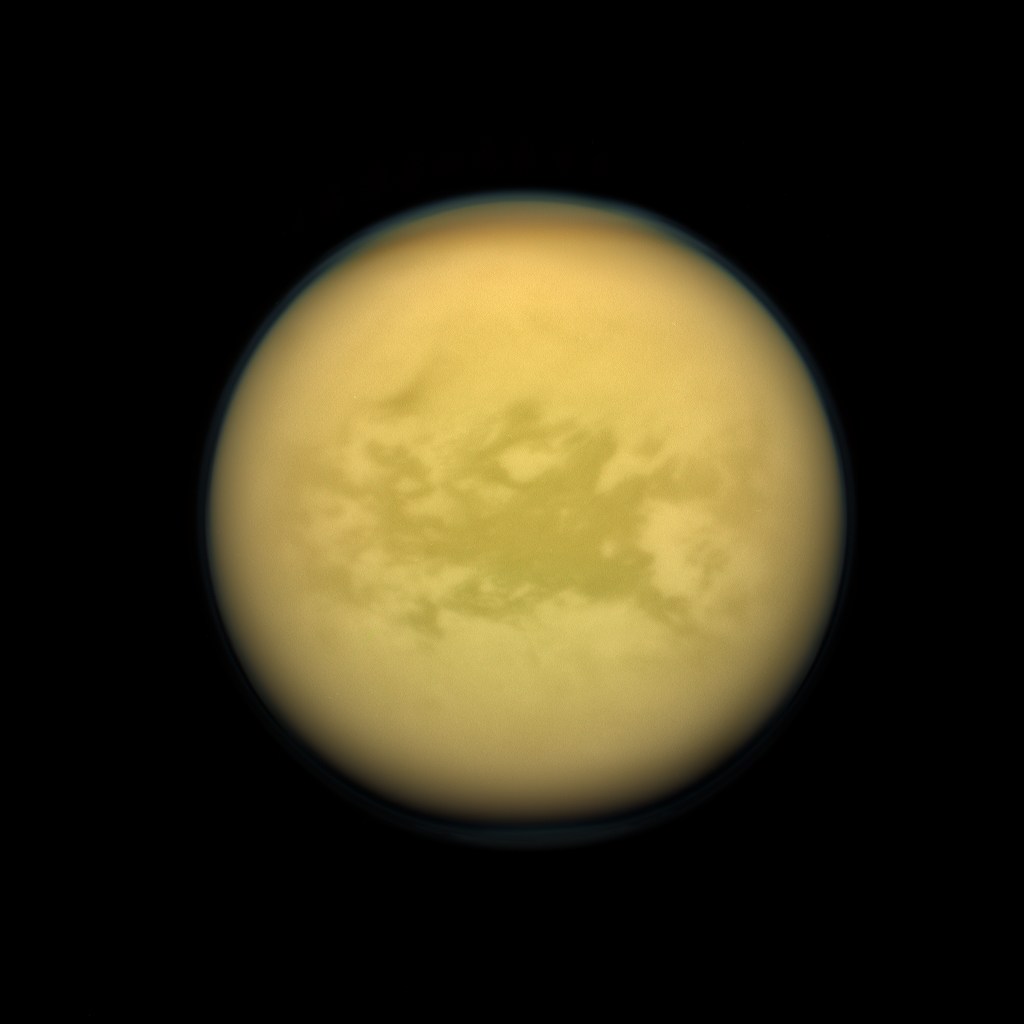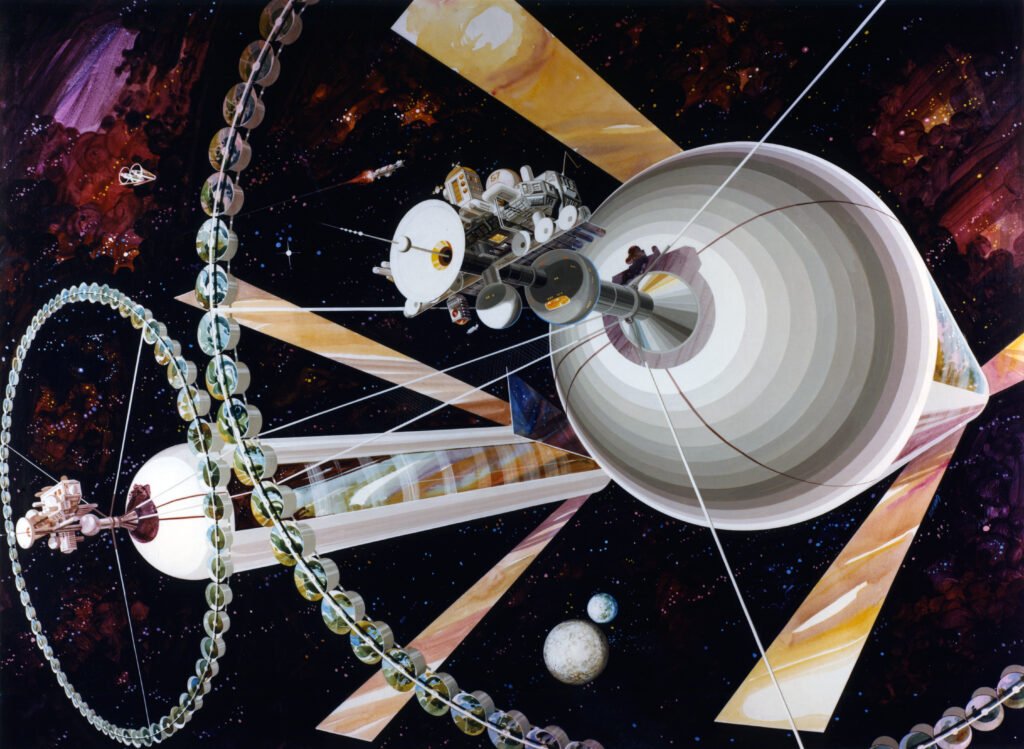Saturn’s largest moon looks like a world a novelist might have dreamed up, then science proved it was real. Wrapped in orange haze and cold enough to crack steel, Titan holds seas of liquid hydrocarbons and hints of an ocean hidden below ice. For decades, oceans meant water and life, but Titan flips that assumption on its head and dares us to widen our imagination. Cassini’s long watch and the Huygens probe’s brief touchdown opened the curtain; a new mission, built to fly, is getting ready to step through it. The puzzle is simple to ask and hard to answer: how far can alien chemistry go on a world where rain is methane and beaches are made of plastic-like sand?
The Hidden Clues
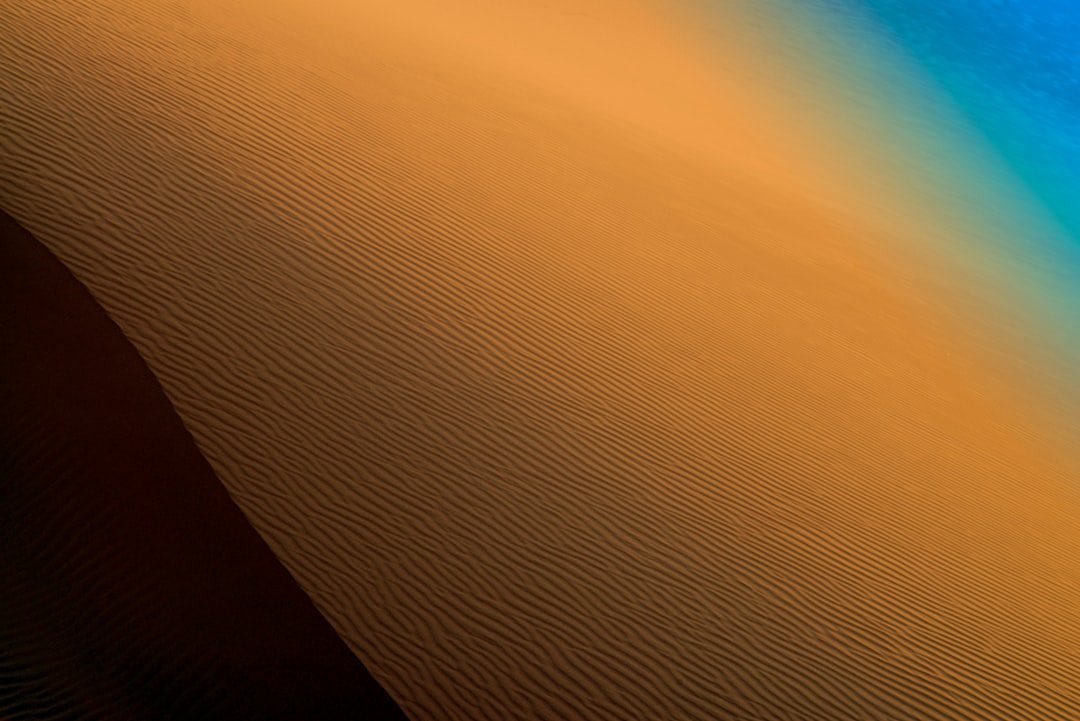
What kind of world lets rivers carve channels in rock-hard ice and fills lakes with liquid methane and ethane? Titan’s surface tells that story in subtle strokes: dendritic drainage networks, rounded “pebbles” seen by Huygens, and glossy seas pooled near the poles. Radar maps sketched out coastlines with capes and islands, while shifting bright patches hinted at waves or bubbles briefly ruffling mirror‑smooth surfaces. Even from billions of miles away, those flickers suggested an active shoreline, not a static deep-freeze postcard. I still remember seeing those first processed images and feeling the same gut‑level thrill you get cresting a dark hill at night and finding a city of lights below.
Scientists pieced together the clues like detectives sorting a cold case. The atmosphere is thick, so liquids can sit on the surface without boiling; the temperature is brutally low, so methane behaves like Earth’s water. Seasonal sunlight pushes energy into a slow-motion cycle of evaporation, cloud-building, and rain that reshapes dunes and feeds lakes. The result is a weathered landscape that looks eerily familiar and totally alien at the same time. It’s a mirror held up to Earth, but the reflection is tinted in hydrocarbons.
A World Built of Cold Chemistry

Titan’s air is dominated by nitrogen with a dash of methane, which sunlight and charged particles tear apart higher up. Those fragments recombine into a zoo of organics that drift down as smog, settling like a fine powder across dunes and deltas. Over time, this chemistry cooks up complex molecules – tholins – that give Titan its burnished hue and may act as raw material for more intricate reactions on the ground. Picture a planet‑sized laboratory where every breeze and raindrop nudges new compounds into being. The thermostat is set low, but the chemistry is restless.
On the ground, the rules feel strange yet consistent. Water ice stands in for bedrock, hard as basalt at these temperatures, while methane and ethane flow like rivers and gather into seas. Dunes built from organic grains march for hundreds of miles, as steady winds sculpt ripples around obstacles. If Titan had postcards, one would show a hazy shoreline and a beach of plastic-like sand stretching to a horizon that glows in permanent twilight. Another would show the air thick enough to press on your shoulders, a sky you could swim through in a good wingsuit.
From Ancient Tools to Modern Science
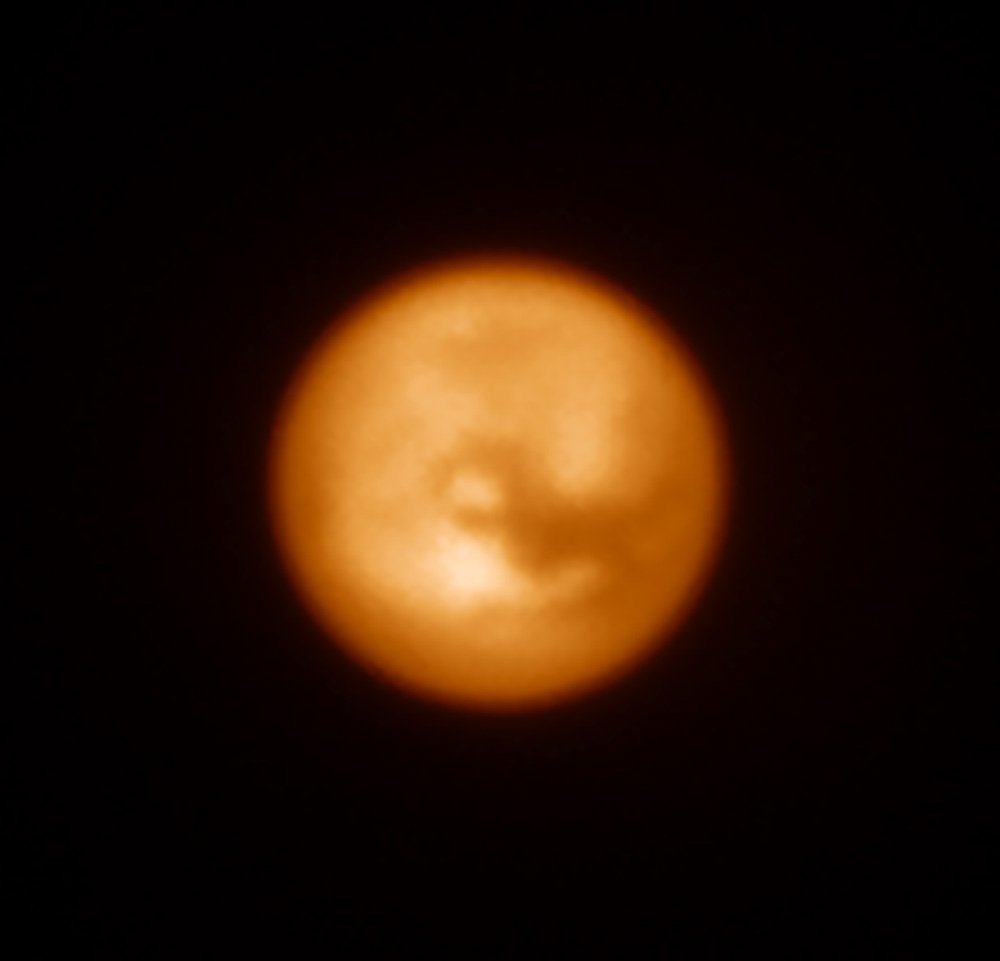
Human eyes first met Titan through glass lenses, when early telescopes caught a faint companion hugging Saturn’s glow. For centuries, it was a point of light with a name and not much else, a mystery that refused to explain itself. Then came the space age, and with it instruments that could weigh a world, taste its air, and sketch its shores by bouncing radio waves off the surface. The Cassini–Huygens partnership transformed Titan from rumor to place, delivering maps, spectra, and a parachute’s‑eye descent that felt almost cinematic. Data replaced guesswork, and a living, breathing world replaced the blur.
Today, we push further with observatories that never touch Titan but read its fingerprints in exquisite detail. Infrared vision peers through the haze to track clouds growing and fading over days, confirming weather that follows the seasons. Millimeter-wave radio picks out molecules in the air, some that on Earth would be factory products and here are forged in the sky. Each new technique adds a layer, like lifting film after film from a stack until the full picture snaps into focus. The tools keep changing; the curiosity that drives them stays stubbornly the same.
Weather Where Methane Rains
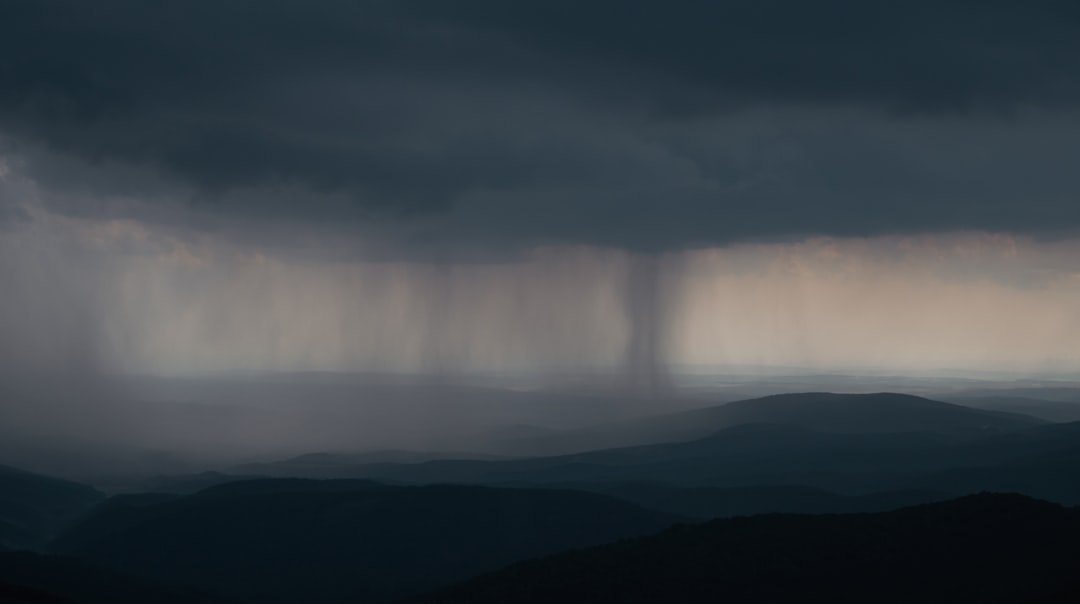
Titan’s methane cycle is an echo of Earth’s water cycle, slowed to a crawl by deep cold. Seas at the poles feed humidity into a thick atmosphere, clouds bloom when seasons tilt the sunlight just right, and rain comes in bursts that darken the ground and recharge lakes. Storm tracks shift with Saturn’s long year, so what looks quiet one decade can perk up the next as summer swings from one hemisphere to the other. Observers have watched clouds pop up and drift, matching models that predicted a pulse of activity near equinox. It’s a patient planet, but not a static one.
The seas themselves are not identical twins. Some basins appear richer in methane, others spiked with more ethane, a recipe shaped by local climate and age. Shorelines migrate a little as levels rise and fall, leaving bathtub rings that record past wet times like tree rings record rains on Earth. Occasional hints of waves suggest breezes flicking the surface, though Titan’s air, dense as it is, doesn’t easily wake a chop in such cold liquids. Even a modest gust might take miles to build a ripple. Every observation helps calibrate what counts as wind and weather on a world where time runs syrup‑slow.
Beneath the Ice: The Ocean Within
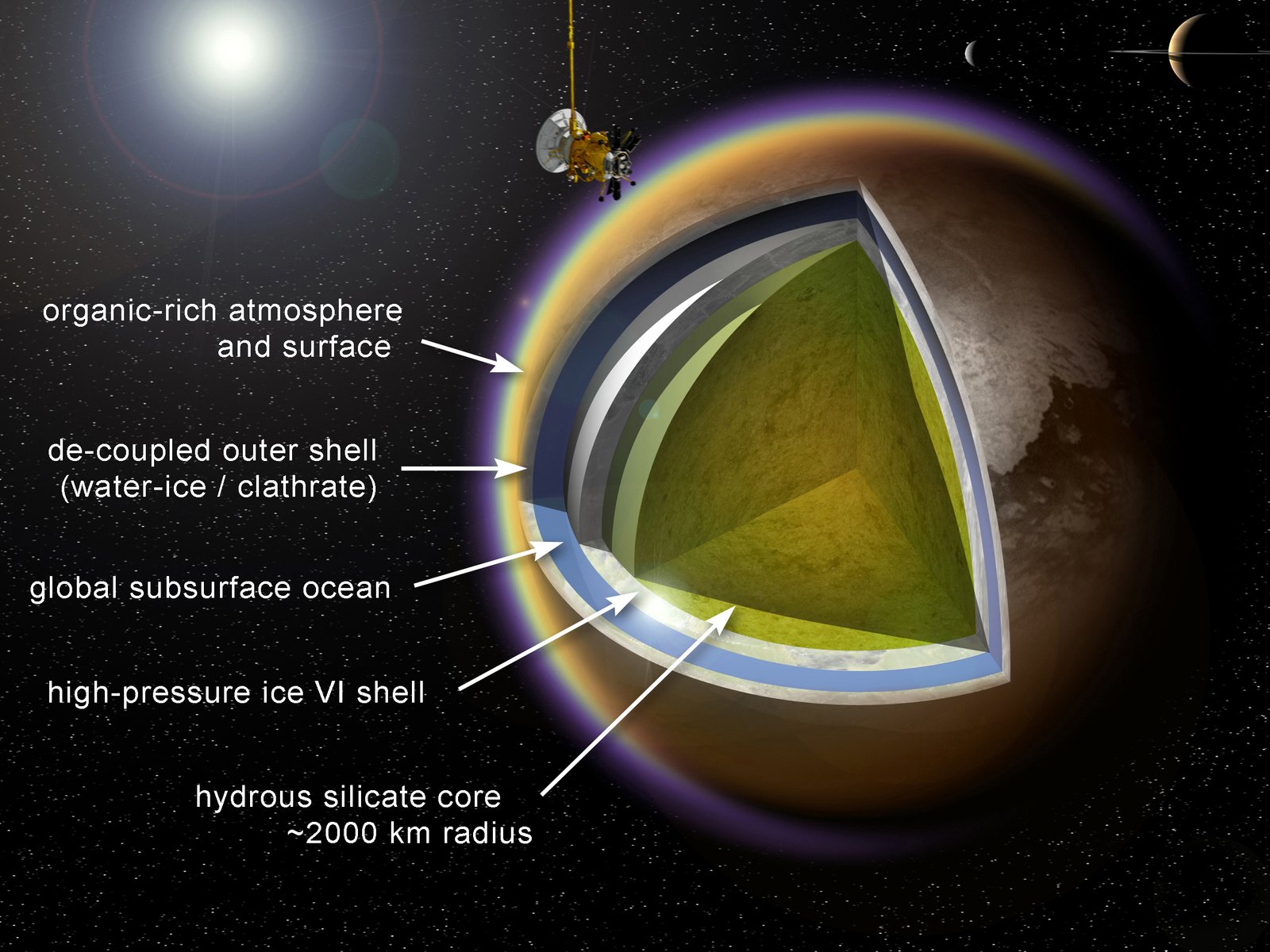
For all the focus on surface seas, a deeper story hides under Titan’s crust. Gravity readings and subtle tidal flexing point to a global ocean of water mixed with antifreeze‑like ammonia, trapped beneath an icy lid. That underground reservoir likely sloshes and shifts the outer shell just enough to betray itself, a quiet heartbeat you can only hear with sensitive instruments. If cracks reach the surface, cryovolcanic eruptions could ferry salts and organics up or fresh hydrocarbons down, cross‑pollinating two very different oceans. It’s an exchange program where the students are molecules.
This internal ocean matters because it could offer pockets where water and organics mingle long enough for complex chemistry to take the next step. Even if biology never emerges, the prebiotic pathways are the very ones we argue about when we tell the story of early Earth. Titan gives us a natural experiment with a different thermostat, pressure, and pantry of ingredients. Somewhere in that variation lies a test of which ideas are robust and which are house‑of‑cards fragile. Either way, the answer updates our origin story.
Why It Matters
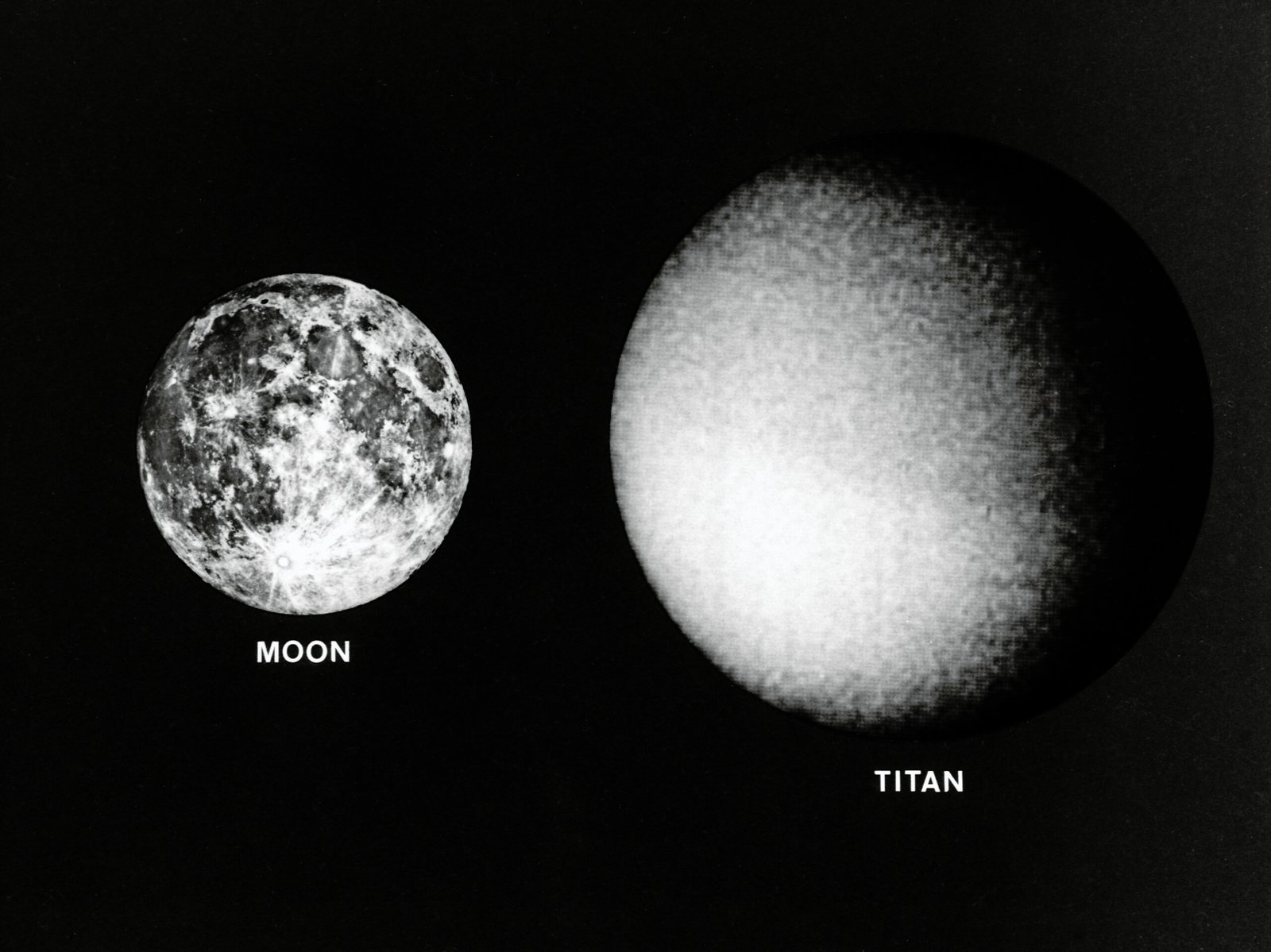
Titan forces a rewrite of habits that tie habitability to liquid water at the surface. Here, habitability becomes a spectrum: hydrocarbons above, water‑ammonia below, and energy trickling in from sunlight, tides, and radiation. Compared with traditional astrobiology targets like Mars or Europa, Titan adds the missing column in the matrix: a planet‑scale laboratory for organic chemistry operating in open air over geologic time. That diversity lets scientists test life’s prerequisites the way engineers test bridges, by changing loads and seeing what breaks or holds. In science, stubborn assumptions are the cracks we most need to find.
The payoff isn’t only philosophical. Technologies built for Titan – autonomous flight in dense air, cold‑tolerant electronics, robust sampling in cryogenic liquids – boomerang back to Earth in drones, sensors, and advanced materials. Titan’s dunes and storms even inform climate models by offering a second data point for how atmospheres move sand and moisture. In a world dealing with extremes at home, learning how alien extremes behave is practical, not indulgent. The moon that looks like a fantasy turns out to be a teacher.
The Future Landscape
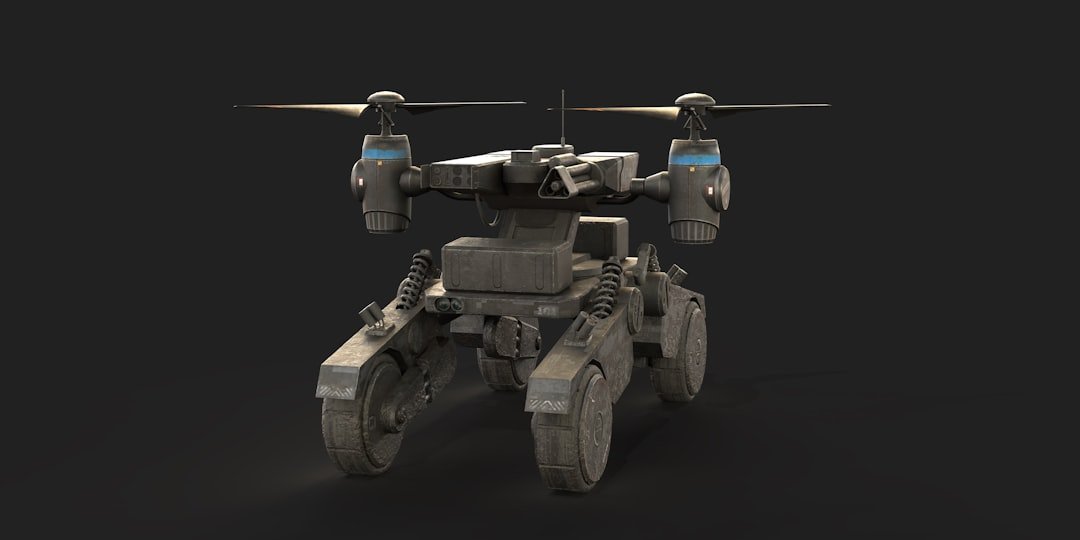
Next up is a rotorcraft designed to hop across Titan, surveying dunes and ancient impact sites with the freedom of a helicopter and the patience of a lander. The vehicle will carry instruments to sniff organics, image landscapes, and listen for the subtle electrical whispers of hidden processes, all while sipping nuclear power to keep warm. Thick air and low gravity make flight efficient; the bitter cold makes survivability the hard part. Engineers have built a mission around those trade‑offs, transforming obstacles into advantages when possible and designing around them when not. It’s exploration by cleverness as much as by courage.
Meanwhile, telescopes on and above Earth will keep watch, catching storm bursts, shoreline shifts, and atmospheric chemistry evolving with the seasons. The combination – global eyes plus local boots, or rather rotors – should turn Titan from a distant curiosity into a well‑characterized system. Challenges remain: transmitting data across the outer solar system, protecting delicate mechanisms from cryogenic stickiness, and threading flight paths through unfamiliar terrain. Yet the path is clear enough to follow, step by careful step. If the plan holds, the next decade will turn speculation into measurements.
Conclusion
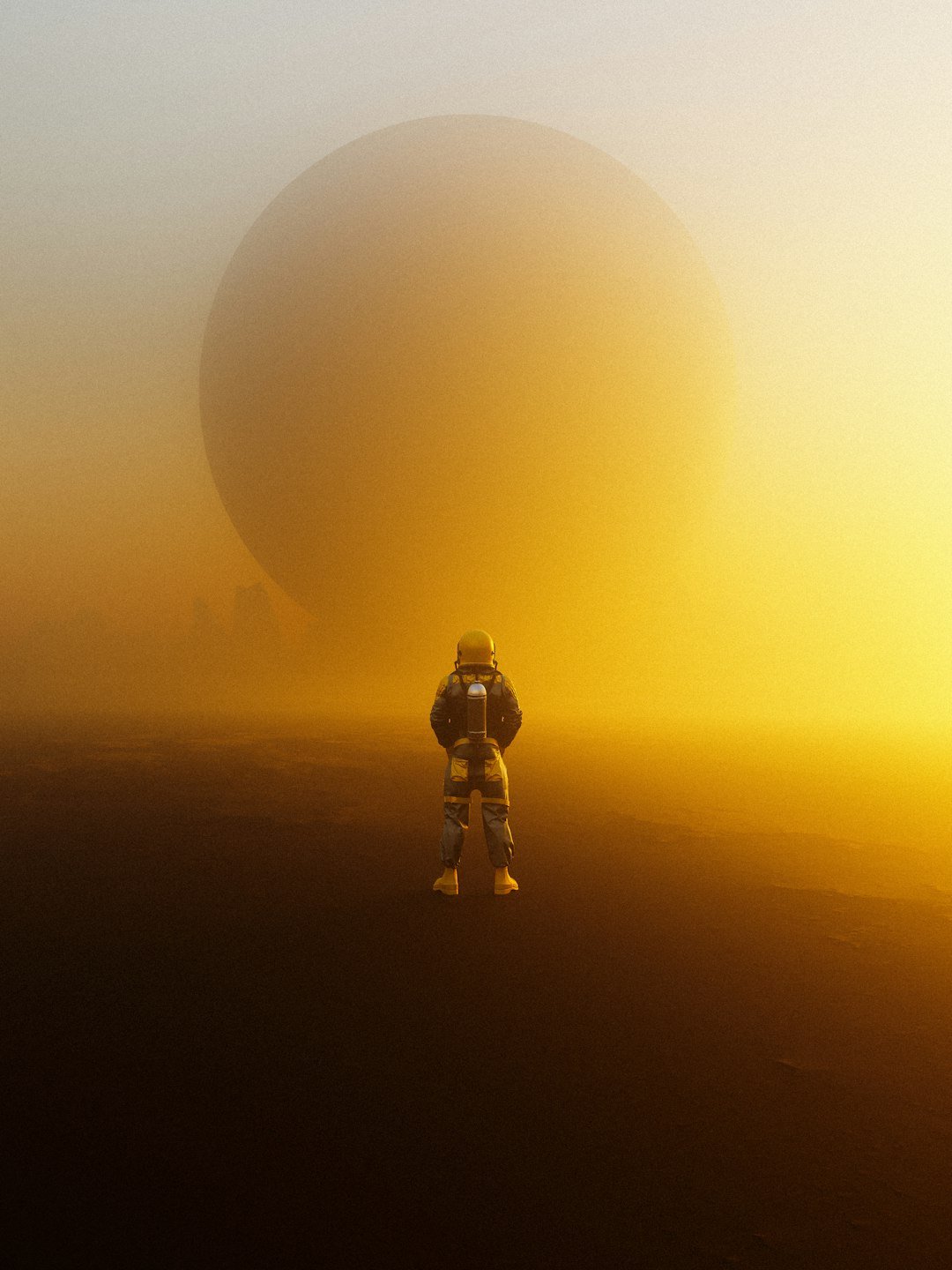
Big discoveries start with small habits from people who care. If Titan sparks your curiosity, follow mission updates, watch raw images as they arrive, and support the educators and science communicators who translate complex data into stories everyone can grasp. Share the wonder with kids who might become the next instrument builder or trajectory analyst. Browse public archives where anyone can explore spacecraft data and even build their own visualizations at home. Curiosity grows when it’s fed regularly.
You can help in practical ways, too. Back organizations that advocate for sustained planetary exploration and open data, and show up for local astronomy nights where a tiny dot near Saturn becomes personal. If you’re handy, volunteer with STEM programs that build model drones or weather stations, the same spirit that makes a Titan rotorcraft possible. When budget debates pop up, write a note to your representatives explaining why long‑horizon science is a smart investment. A world that rains methane is a luxury only if we stop learning from it; otherwise, it’s a shared frontier worth tending.
Sources:
– https://solarsystem.nasa.gov/moons/saturn-moons/titan/overview/
– https://dragonfly.jhuapl.edu/

Suhail Ahmed is a passionate digital professional and nature enthusiast with over 8 years of experience in content strategy, SEO, web development, and digital operations. Alongside his freelance journey, Suhail actively contributes to nature and wildlife platforms like Discover Wildlife, where he channels his curiosity for the planet into engaging, educational storytelling.
With a strong background in managing digital ecosystems — from ecommerce stores and WordPress websites to social media and automation — Suhail merges technical precision with creative insight. His content reflects a rare balance: SEO-friendly yet deeply human, data-informed yet emotionally resonant.
Driven by a love for discovery and storytelling, Suhail believes in using digital platforms to amplify causes that matter — especially those protecting Earth’s biodiversity and inspiring sustainable living. Whether he’s managing online projects or crafting wildlife content, his goal remains the same: to inform, inspire, and leave a positive digital footprint.

